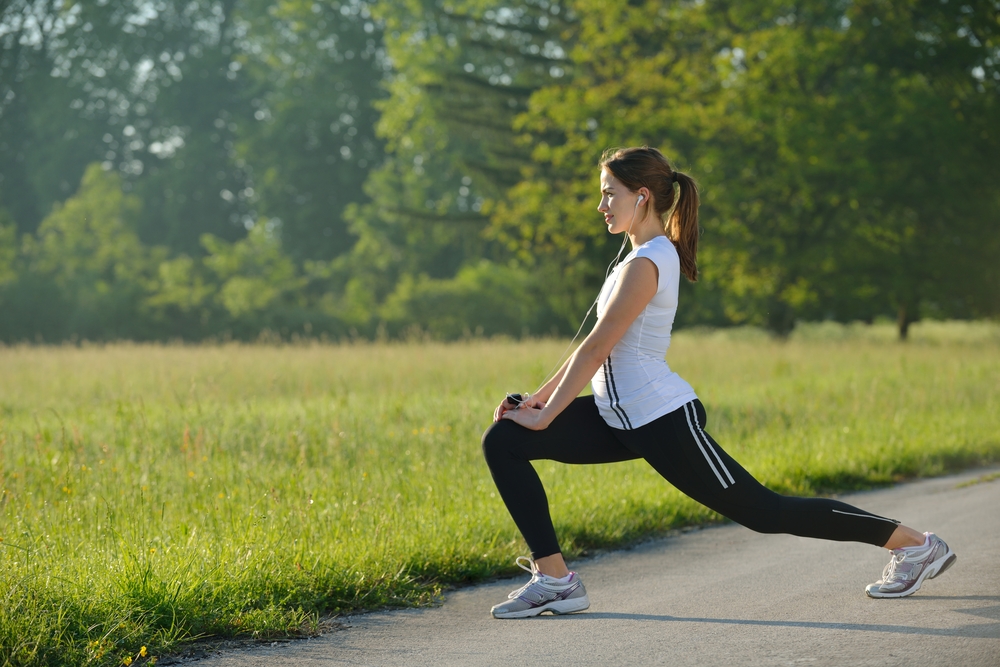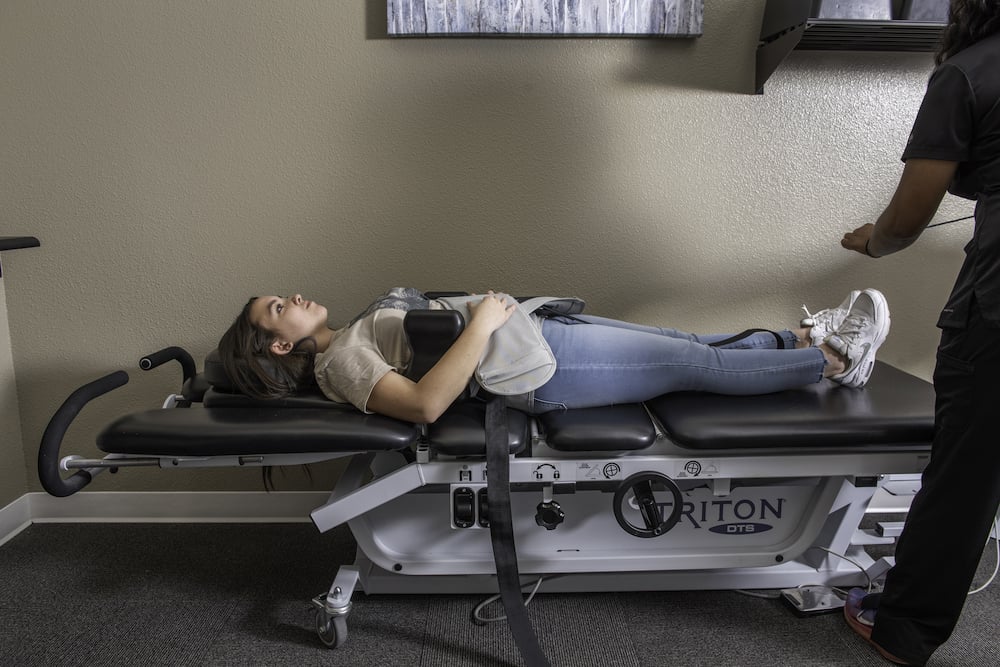7 Ways to Relieve Pain Naturally
5 min read

For many people, taking medicine for pain relief is something they’d prefer to avoid. And for good reason. Even over-the-counter pain relievers can cause stomach troubles if used too often.
Natural pain relief is possible for many people, especially with preventive care as part of your regular routine. If you haven’t already tried some of these, here are seven ways you can help relieve pain, and in many cases, prevent pain from starting.
1. Dietary Supplements for Reduced Inflammation
A lot of pain is caused by inflammation, especially in the joints. Turmeric and fish oil are among the most widely studied nutritional supplements related to reducing inflammation, which can reduce pain.
Turmeric gets its bright yellow hue from high levels of curcumin, a substance produced by the Curcuma longa plant. Curcumin is a powerful anti-oxidant with inflammatory properties. Studies show that curcumin may help reduce osteoarthritis pain, decrease muscle soreness, and boost recovery.
Fish oil delivers omega-3 fatty acids, which have been shown to reduce inflammation in the body. Studies suggest that fish oil may help reduce joint pain and stiffness. Some studies indicate that fish oil may be equivalent to ibuprofen when it comes to pain relief.
As with all supplements, speak with your health care provider before adding turmeric or fish oil to your diet.
2. Staying Active Actually Reduces Some Pain
It's no secret that exercise can improve your mood and boost your energy levels. But did you know that movement can also help decrease your pain?
Multiple studies link regular exercise to pain relief. Researchers at Vanderbilt University Medical Center found that after just six weeks of aerobic exercise (30 minutes, three times per week), participants how had lower back pain experienced a lot of relief. Don’t do anything too jarring to the area that hurts. But try to get your blood moving and your heart rate up.
Researchers at Harvard Medical School agree, noting that exercise can offer a long-term solution for joint pain. Regular, low-impact exercise can help with keeping muscles and joints limber rather than stiff from lack of use.
Start adding movement into your routine with gentle aerobic exercise. Walking, swimming, cycling, or tai chi are all good choices.
3. Use Heat to Reduce Pain from Chronic Inflammation
Applying heat to painful joints can reduce your discomfort. When muscles heat up, blood flow increases, joints loosen, and spasms lessen. The comfort of heat may also distract your brain from focusing on the pain. Apply heat with one of these methods:
- Soaking in a warm bath
- Using an electric heating pad
- Warm up a gel- or rice-filled pad in the microwave
- Wearing a heat wrap
- Applying a warm, damp towel to the affected area
When using a heat treatment, take care to protect your skin from overheating or burns.
Remember, don't use heat in the first 48 hours after an injury. During those first two days, icing an injury is better.
Create a cold pack by partially filling a plastic bag with ice and wrapping it in a towel. You may also dampen a towel, place it in a plastic bag, and freeze it. Apply for about 20 minutes and then give your skin a break. Apply it off and on for those first few days to keep swelling down. If swelling gets worse, or there is extensive bruising, contact your doctor for an evaluation.
4. Chiropractic Care for Pain Relief and Pain Prevention
Chiropractic treatment offers a non-invasive way to relieve pain. It can also be helpful in preventing pain, especially if you see a chiropractor regularly for adjustments.
Depending on where you have pain, and how long you’ve had it, the chiropractor can use a number of different methods for pain relief including:
- Spinal adjustment to reposition joints and vertebrae, relieving pressure
- Cold laser therapy to boost circulation and reduce inflammation
- Knee traction to stretch the joint, relieve pressure and improve the knee joint's flexibility.
- Non-surgical back traction to gently stretch out the spine and reduce pressure on the discs, especially in the lower back where patients often complain of pain.
- Electrical muscle stimulation to reduce inflammation and decrease muscle spasms
5. Gentle Stretching at Home Offers Long Term Benefits
When you're in pain, you probably don't feel like moving. Unfortunately, the less you move, the worse your pain gets. It's a catch-22.
Stretching offers a solution. Gentle stretches increase blood flow to your muscles and tendons, which helps reduce inflammation. It’s also good for your joints to have looser muscles.
Start slow, and work up to some stretches every day, even twice a day: morning and evening. It's a good way to improve your mobility while decreasing pain or even preventing new pain from developing.
6. Better Sleep Will Help Reduce Pain
Here's another catch-22: Pain disrupts your ability to get a good night's sleep... but lack of sleep can make pain feel worse. In fact, many who suffer from chronic pain also experience sleep disruptions.
Not getting enough sleep actually makes the brain's pain-sensing regions work overtime. At the same time, lack of sleep also slows down the brain's ability to release dopamine, a natural pain reliever. Research indicates that sleep acts as a natural analgesic to fight pain.
To improve your sleep and reduce your pain, practice habits that encourage restful sleep. That means creating a dark, quiet (electronics-free) haven in your bedroom, and establishing a regular sleeping and waking schedule. Adults might also try taking melatonin as a way to help get your sleeping schedule on track.
7. Massage for Pain Relief
Therapeutic massage increases circulation, boosting blood flow. This, in turn, helps fight inflammation and reduce pain.
Not only is massage relaxing — and a great way to reduce anxiety and stress — it also can remove toxins from your muscles and get your blood flowing through your body to deliver important nutrients and oxygen better. Try to get on a regular massage schedule for the best effect.
Our team at Village Chiropractic in The Woodlands is here to help you assess what hurts and give you recommendations for chiropractic care and at-home treatments you can use to help feel better.
 , and we'll help you explore how to relieve pain non-surgically.
, and we'll help you explore how to relieve pain non-surgically.









